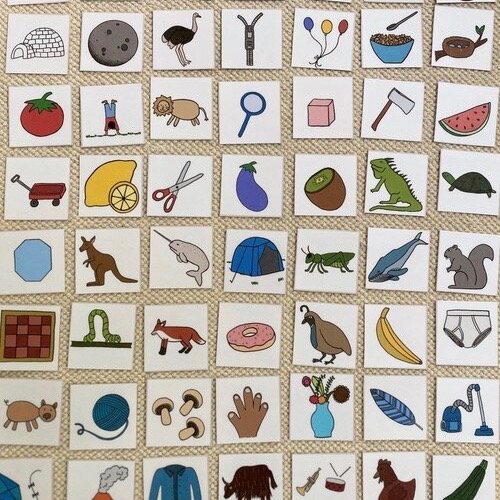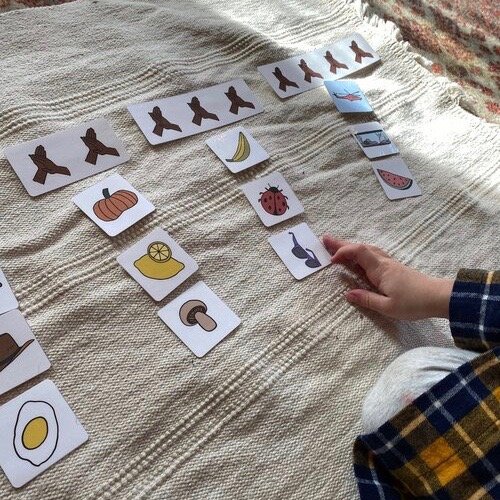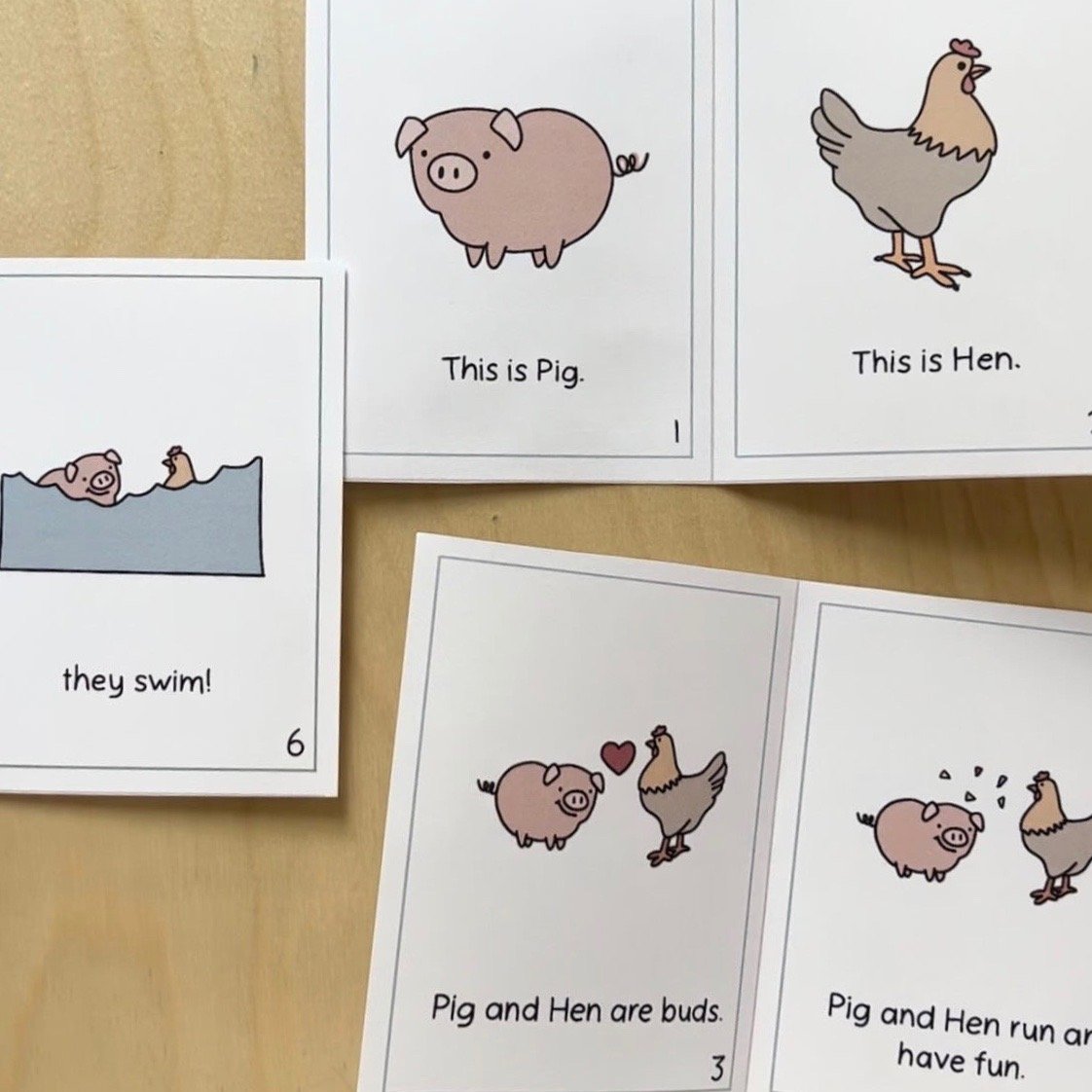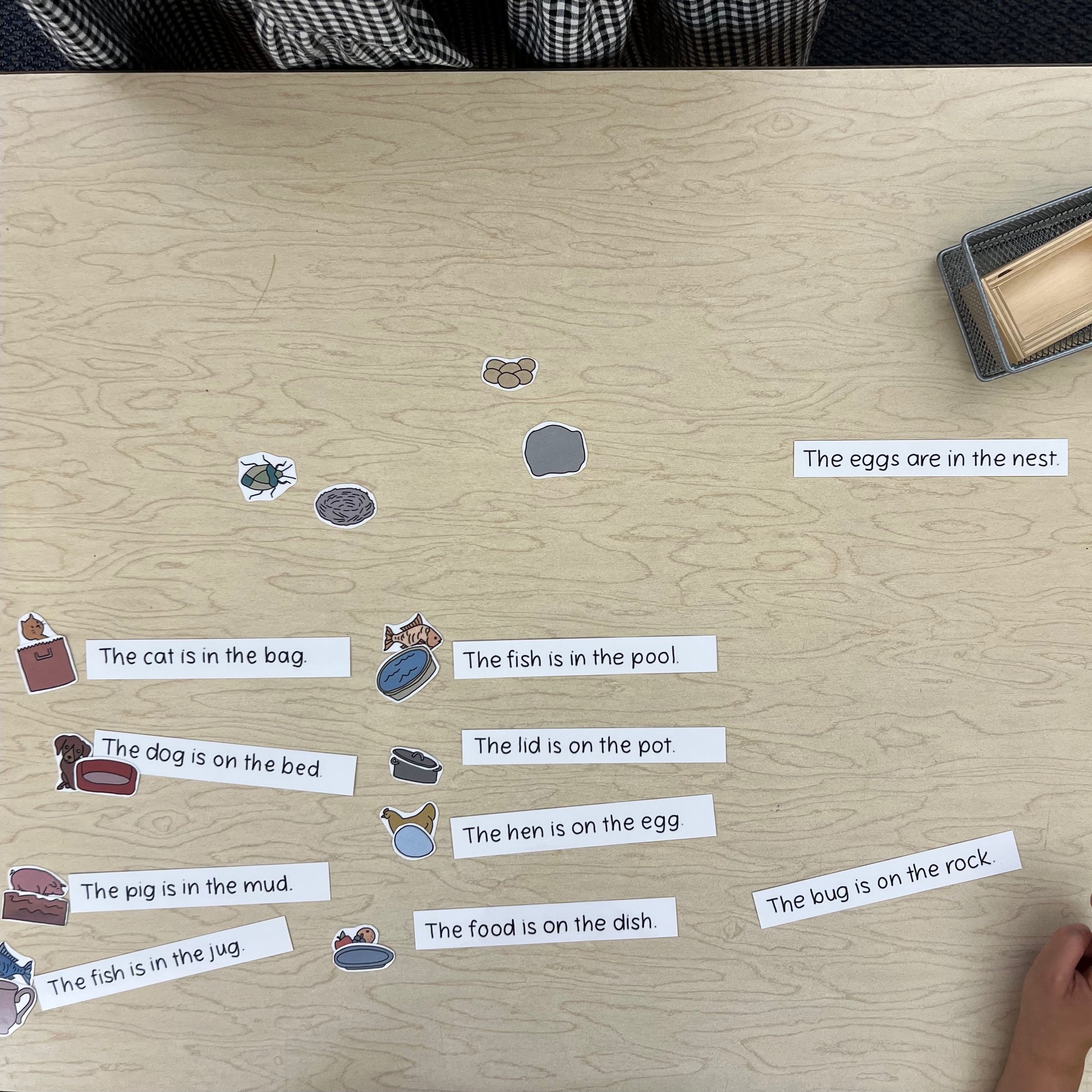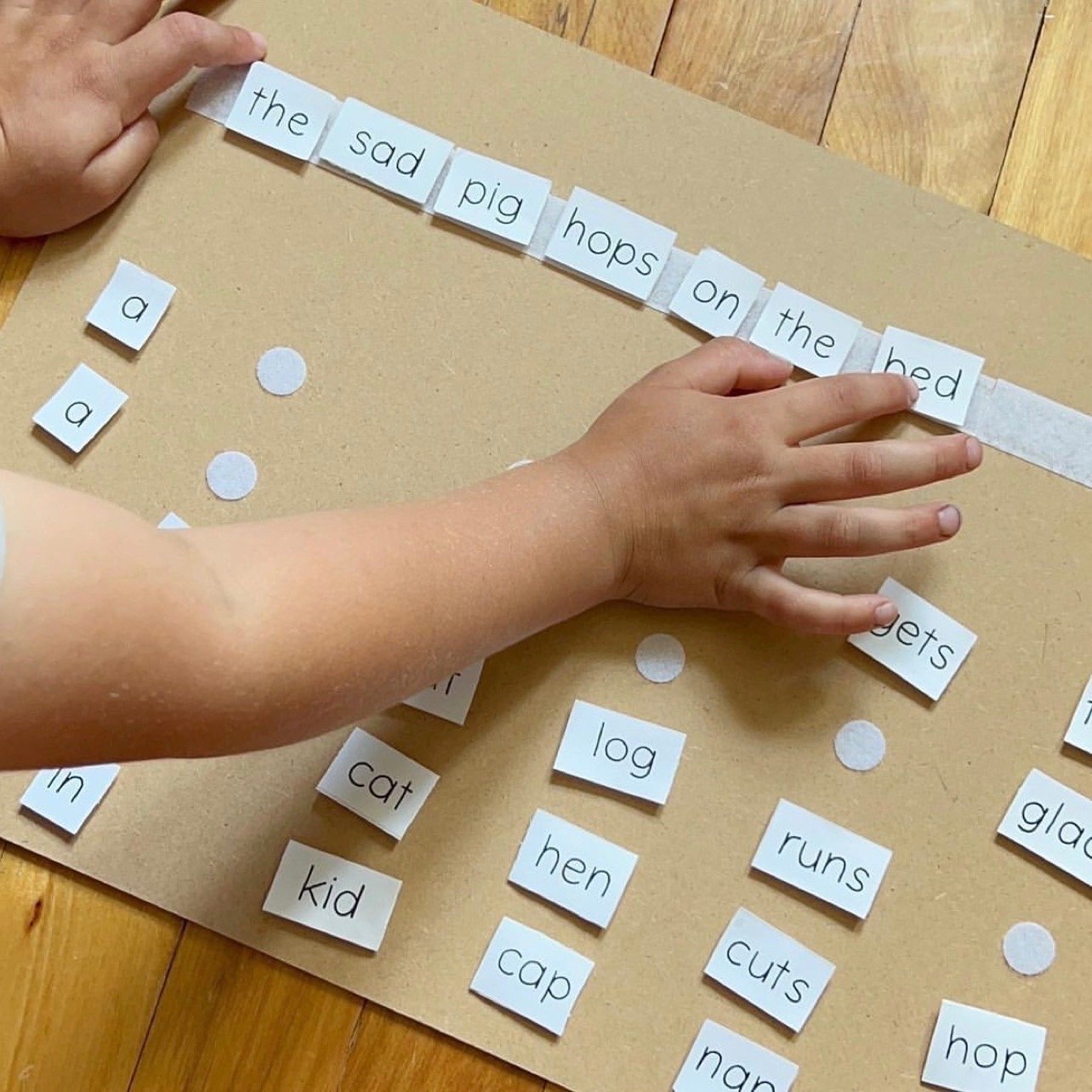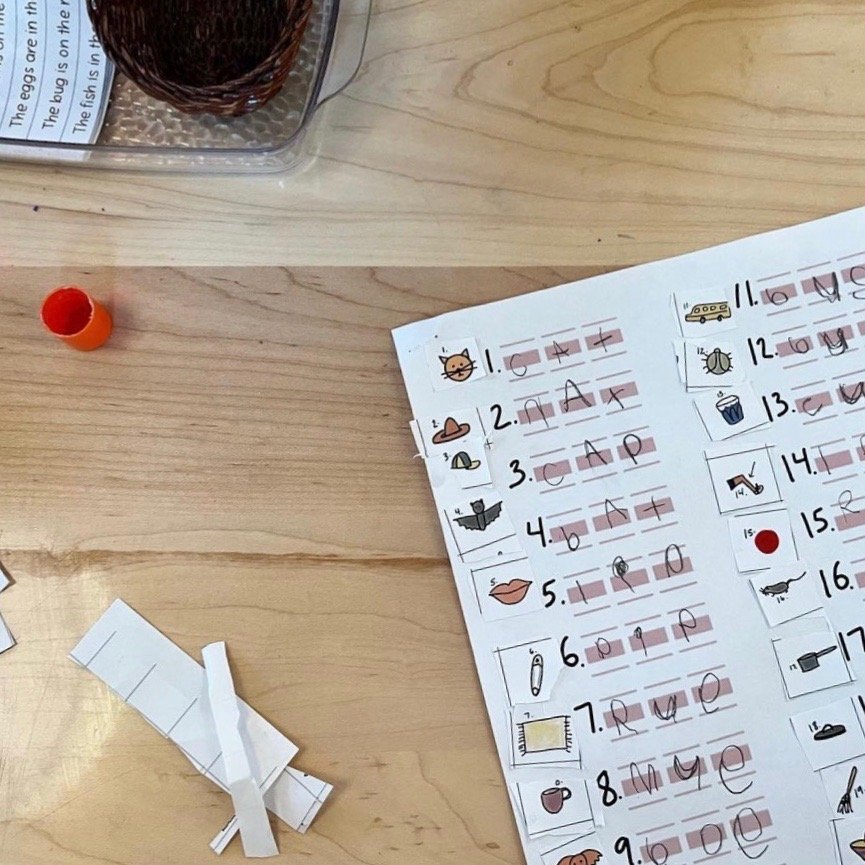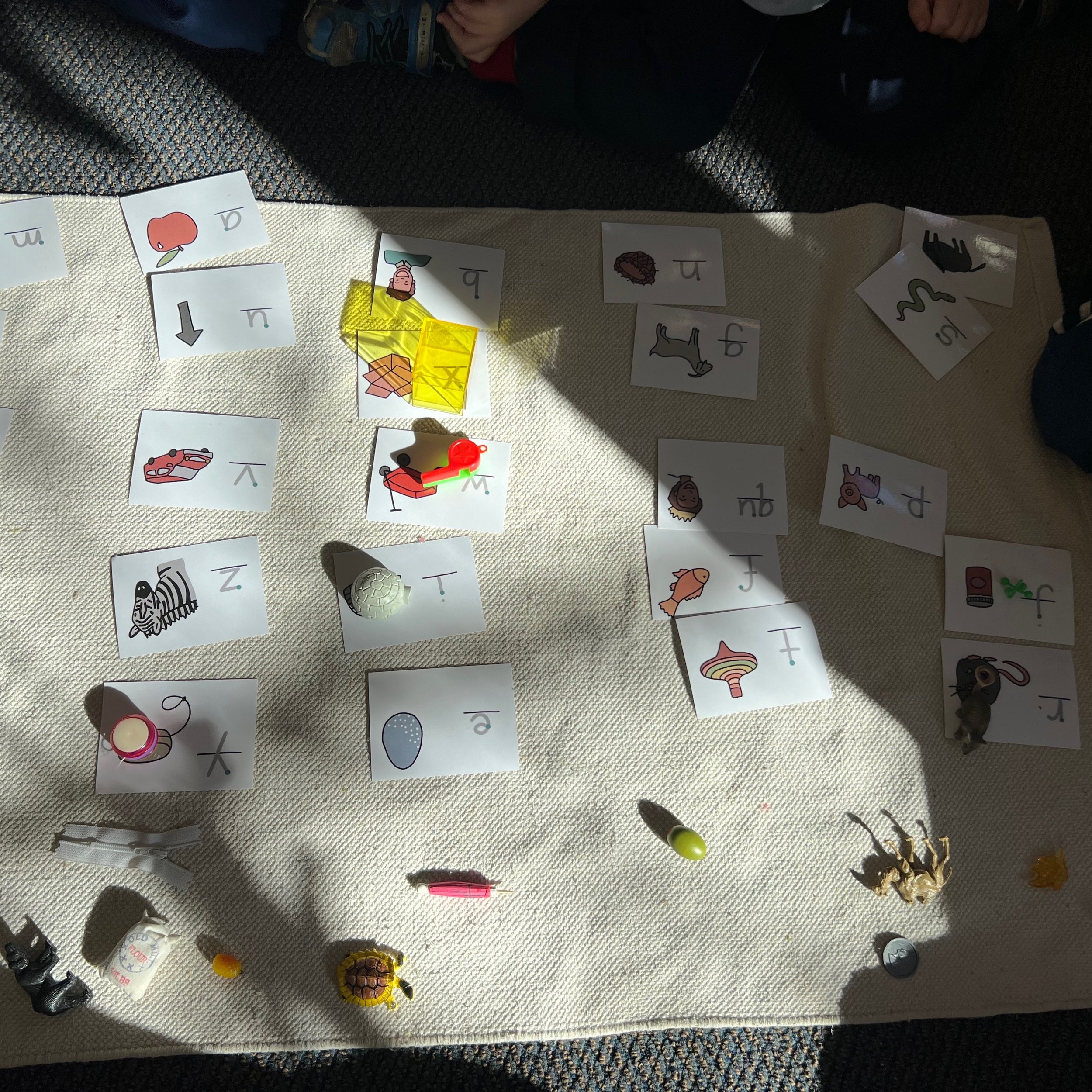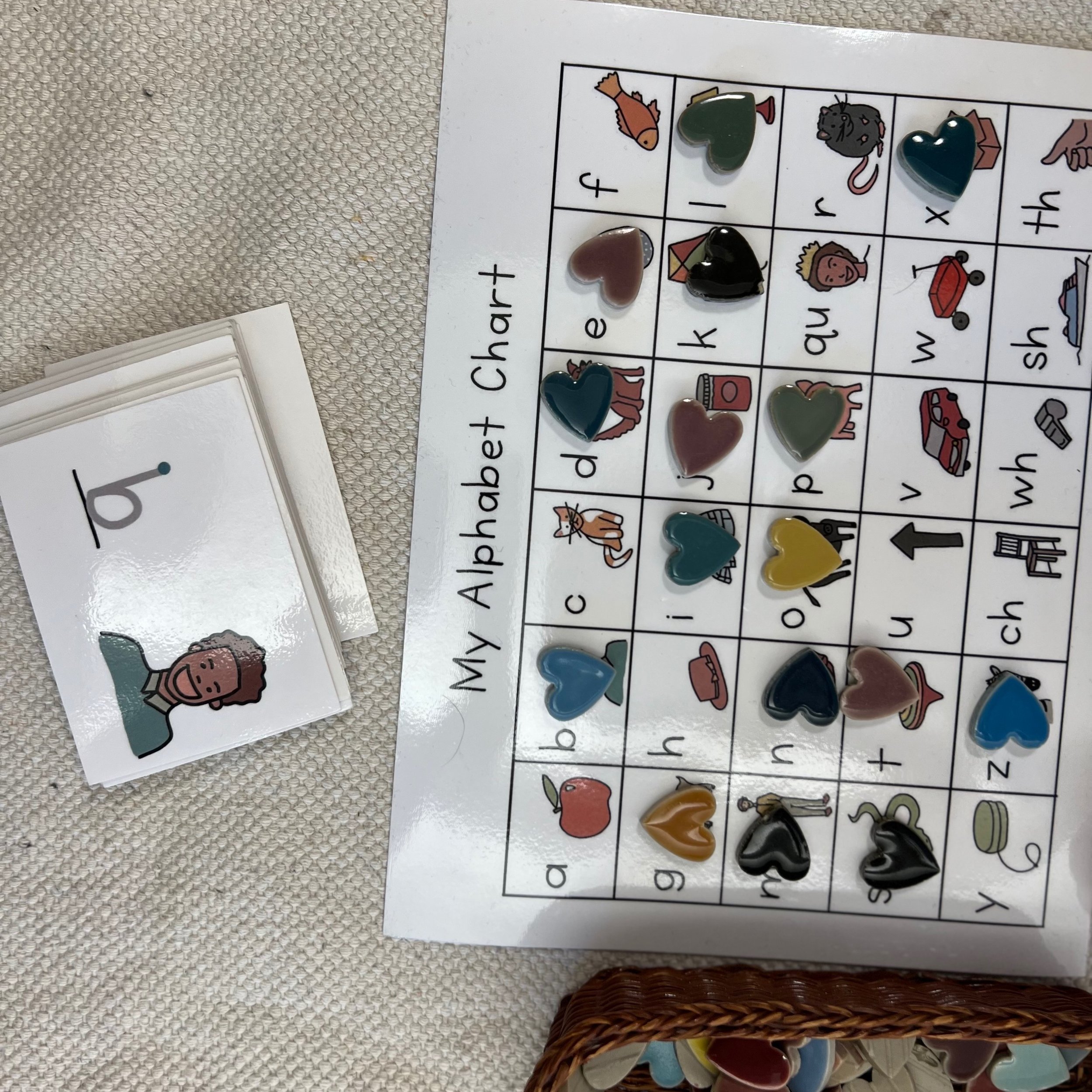My Montessori Reading Resource
What is a Reading Continuum?
Knowing the stages of reading helps inform your instruction. These stages have been developed by Linnea Ehri and lay out the way a reader progresses through their literacy journey. It is essential to understand these as it helps assess if a reader is on or off track and how you can change your instruction to support them.
Pre-Alphabetic Phase: Recognizing words based on context like logos (visual cue reading).
Partial Alphabetic Phase: Using first letters to guess unfamiliar words or seeing patterns of letters that they’ve seen before to mean the same word (phonetic cue reading).
Full Alphabetic Phase: A reliable way of reading as the child looks at every sound/letter in a word and decodes based on their phonics knowledge.
Consolidated Alphabetic Phase: Readers use chunks of words to decode rather than individual phonemes. Phonograms, blends, digraphs, vowel teams are all recognized instantly.
Automatic Phase: Quick and effortless reading.
What is Phonemic Awareness?
We often hear about phonemic awareness. It is easy to get phonemes and phonetics mixed up BUT they are actually two very different things. Phonemic awareness is the ability to identify and manipulate individual sounds in the spoken word. For example, if I were to ask what the phonemes in “cat” are. The answer would be /k/ /a/ /t/. In bath? /b/ /a/ /th/. You truly have to HEAR the word and find the SOUNDS and try to ignore the spelling (if you know it) and forget about how many letters are in the word. It is the focus on individual sounds. Phonemic awareness skills relate directly to oral language. Phonemic awareness impacts the development of phonics skills.
Skills being developed by Phonemic Awareness:
Identification of phonemes
Blending of phonemes
Segmentation of phonemes
Deletion of phonemes
Addition of phonemes
Substitution of phonemes
Reversal of phonemes
Science-based strategies that support Phonemic Awareness:
I Spy games (with no letters),
“what is the first sound in (this word)? the last? the middle?”
“Mat. Now change the /m/ to a /k/. What do we get?”
Materials that support Phonemic Awareness:
A student breaks apart phonemes in a spoken word using a mitten. They flip their hand over with each phoneme.
Sorting pictures by beginning sounds.
What is Phonological Awareness?
Now, phonological awareness covers a huge area of literacy skills. It zooms the focus out of individual sounds into the spoken parts of sentences and words. Finding the number of words in a sentence, breaking compound words into single words, working with syllables, finding rhyming words - those are all phonological awareness skills.
Science-based strategies that support Phonological Awareness:
Spoken word syllable work,
Putting two words together to make a new word (auditorily),
Taking a compound word apart into two words (auditorily)
Coming up with rhyming words,
Working auditorily/orally with word families
Materials that support Phonological Awareness:
Syllable sorting.
Rhyming words.
What is Phonics?
Phonics is probably what we all think of when we think of teaching someone to read. It is teaching the relationship between letter sounds or groups of letters and the written letter symbol(s).
Science-based strategies that support Phonics:
Materials that support Phonics:
Pictured below (left to right, top to bottom)
Decodable readers, decodable sentences and objects, real and nonsense word wheels, beginning sound matching,
word families/rhyming words, sentence formation, encoding, beginning sound matching after mastery of letter name, keyword, letter sound,
sound matching to letter symbol, sentence writing.
What is Orthographic Mapping?
Orthographic Mapping explains how people learn to sight read words, remember how to spell words and learn new vocabulary from reading. It is how we become fluent readers - the ability to not sound out each word, but to read it in an instant. Phonemic proficient is essential for orthographic mapping. Orthographic Malling is dependent upon phonemic proficiency and phoneme/grapheme association proficiency. Without both, automaticity in reading isn't possible.
Science-based strategies that support Orthographic Mapping:
Using the Movable Alphabet and writing word families. -at words and changing the beginning letter. Using two gems signifying the two parts of the word family. “Every time I see “at” it says /at/.
Using the Orton Gillingham Sound Deck (letters only) in three piles and switching out one of the cards to make different word families
Reading nonsense words.
Materials that support Orthographic Mapping:
Working with word families.
Reading nonsense words and working with word families with the OG Sound Deck.

